Stoploss: Definition, How It Works, Types, Example, Mistakes to Avoid
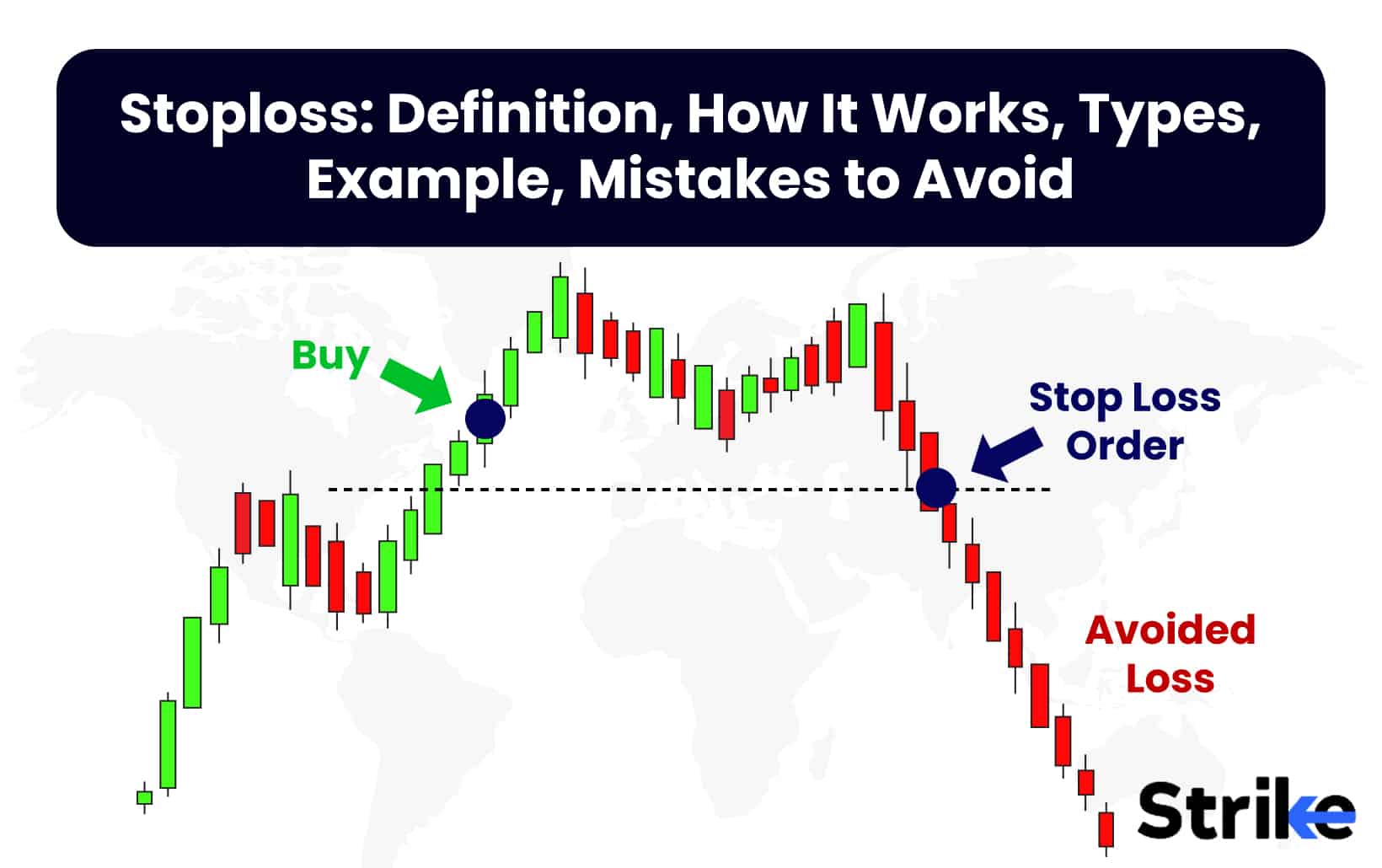
A stop-loss is an advance order placed with a broker to liquidate a position at a predefined price level. Stoploss are of three main types. They are fixed stop-loss where the stop price doesn’t change, trailing stop-loss where the stop price moves as the market moves in favor of the trader and guaranteed stop-loss offered by some brokers which guarantees the fill even in volatile market conditions. The main advantage of using a stop-loss is that it allows traders to cut their losses within a defined risk level if the market moves against their position.
However, one limitation is that during periods of high volatility, there is a possibility that stop-losses may get triggered owing to temporary flashes in prices. A trailing stop-loss helps in locking profits while still giving the market room to move in the favorable direction. Fixed stop-losses are easy to implement but may not guard against fluctuations in the underlying security. Guaranteed stops provide added assurance to traders but involve higher brokerage costs relative to regular stops. Proper selection and placement of stop-losses is vital for risk management in trading.
What is stoploss order?
A stoploss order is a type of order placed by a trader to limit potential losses on a position. Stoploss order works by automatically closing out the position once the price falls to a predetermined stop price level. Setting a stoploss allows traders to control their risk exposure by capping the maximum loss they are willing to accept on a trade.
The stoploss order gets triggered and the position is closed out before losses exceed the stop price when share prices start moving against the trader’s position. Stop losses are commonly used by traders who want to protect profits made earlier or limit the downside when shorting stocks. Though stoploss orders do not guarantee execution at the exact stop price in volatile markets, they remain an essential risk management tool.
How does a stoploss order work?
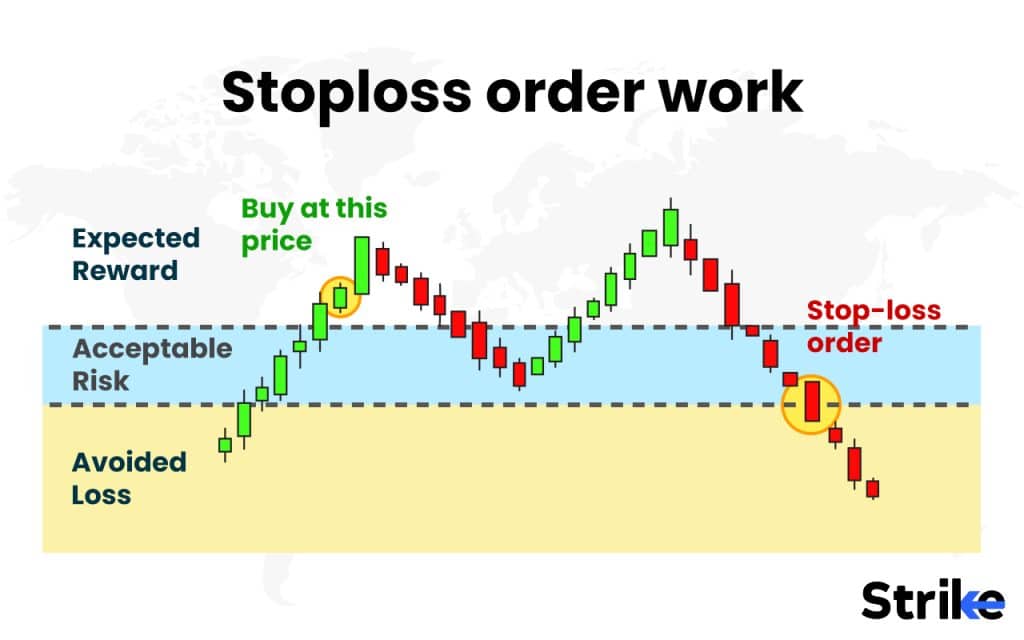
Stoploss order works by allowing investors to limit their potential losses on a trade. It is an order placed with a broker to sell a security when it reaches a certain price, known as the stop price. The stoploss order becomes a market order to sell once the stop price is reached. This helps investors limit their downside if the price of a stock declines after they purchase it. The stoploss order is submitted as a market order which will execute at the next available market price when the stop price is triggered. Stoploss orders do not guarantee execution at the stop price, since the market price could gap below the specified stop price. Using stoploss orders helps traders and investors define and limit their risk on trades in case the market moves against them.
What are the types of stoploss?
The types of stoploss orders include fixed, trailing, and guaranteed stoplosses.
1. Fixed stoploss
Fixed stoploss orders specify a set stop price below the current market price of a security. Investors use them to limit potential losses on a long trade if the market price declines. For example, an investor buys a stock at Rs 3,500 and sets a fixed stoploss at Rs 3,150, 10% below the purchase price. The stoploss triggers a market order to sell the shares if the market price falls to Rs 3,150. This closes the position and locks in a maximum loss of Rs 350 per share. Fixed stoplosses remain static and do not trail the market price like other stoploss types. The main benefit is investors know the exact price where their position will close. A drawback is if the price falls quickly, the stoploss sometimes triggers significantly below the defined stop price. Stoplosses do not guarantee execution at the stop price.
2. Trailing stoploss
Trailing stoploss orders follow the market price of a security as it rises and update the stop price accordingly. Investors use them to lock in profits on a long trade while still protecting the downside. For example, an investor buys a stock at Rs 3,500 and sets a 20% trailing stoploss. The stop price adjusts to Rs 3,360, which is 20% below Rs 4,200 if the price rises to Rs 4,200. The stoploss triggers a market sell order if the stock then drops to Rs 3,360. The benefit is investors ride a stock higher without giving back all the gains if it declines. Unlike fixed stoplosses, trailing stoplosses follow the upward progress of the share price. A downside is volatility triggers the stoploss prematurely if the price swings back and forth. Trailing stops are best for stocks trending higher versus range-bound securities. They allow investors to let profits run while having an order in place to automatically sell if the trend reverses.
3. Gurenteed stoploss
Guaranteed stoploss orders provide certainty that if triggered, a trade will execute at the exact stop price set by the investor. Brokers guarantee stoplosses will fill at the specified price regardless of market gapping or slippage. Investors use them for risk management to definitively limit potential losses on a trade. For example, an investor longing for stock at Rs 3,500 sets a guaranteed stoploss at Rs 3,150. No matter how fast the price drops or market conditions, their trade will close at Rs 3,150 if the stop is hit.
A main benefit is the elimination of slippage risk that affects regular stoploss orders in volatile markets. The certainty comes at a premium though, as brokers charge higher fees for guaranteed stoploss orders. They require the broker to potentially take the other side of the trade when the stop is triggered. Guaranteed stops provide downside protection at a defined risk, allowing investors to size positions appropriately. Though expensive, they give traders peace of mind that their loss will be limited to the predetermined amount.
The main stoploss orders – fixed, trailing, and guaranteed – each has unique uses for controlling potential losses. Fixed stops lock in an exit price while trailing stops follow the market higher. Guaranteed stops provide certainty of execution at the predefined stop price. Understanding the differences between stoploss order types allows market participants to effectively implement strategies to limit the downside based on their risk tolerance and trading style. Utilizing the appropriate stoploss orders provides valuable protection for traders and investors managing positions in fast-moving, volatile markets.
Why you should use stoploss?
You should stoploss because using stoploss helps traders limit their potential losses on a trade. It takes the emotion out of decisions to exit losing positions.
Stoploss orders provide discipline and enforce a predefined exit strategy. They prevent traders from holding on to losing trades hoping they will reverse.
Stoplosses allow traders to quantify and fix their maximum acceptable loss on a trade. This helps manage overall risk exposure. With stoploss in place, traders don’t need to monitor open positions constantly. The stoploss will automatically trigger exit if the price moves against the trade.
Stoploss helps traders stick to their trading plans and predetermined risk-reward ratios. It prevents impulsive decisions under pressure.
Using stoploss helps preserve trading capital and prevents account blowups from large losing trades. It supports long-term survival. Stoplosses allow traders to size positions appropriately knowing the maximum loss. This ensures proper position sizing and risk management.
Stoploss orders automate the exit process eliminating emotional decision-making when trades move against you. Stoplosses enforce discipline and positive habits even when traders are tempted to freeze or procrastinate.
How to place stoploss order?
For a long position, the stop-loss order is placed below the entry price to limit potential losses if the price falls. For example, you could set a stop-loss at Rs 3,290 to exit if the price drops below that level if you buy a stock at Rs 3,500.
For a short position, the stop-loss is placed above the entry price to cap losses in case the price rises. For instance, you set a stop-loss order at Rs 3,710 so the position is closed if the price trades higher than that threshold if you short a stock at Rs 3,500.
The key is determining the stop-loss level that aligns with your risk tolerance for that particular trade. Tighter stops limit losses faster but are more prone to being triggered by normal price fluctuations. Wider stops allow more room but expose you to larger potential losses if the trade moves against you.
What is an example of stoploss order?
An example of a stop-loss order is when a trader initiates a long position by buying shares of a stock at Rs 3,500 per share. To limit potential losses on the trade, the trader places a stop-loss order at Rs 3,290 per share when entering the long position. This means that once the stock price falls to Rs 3,290, the stop-loss order will be triggered and a market order to sell the shares at the prevailing market price will be sent. So the shares will be sold automatically, likely at a price slightly below Rs 3,290 based on the current market liquidity if the price declines to Rs 3,290.
By using this stop-loss order, the trader is capping maximum losses on the long trade to around Rs 210 per share (the entry price of Rs 3,500 minus the stop-loss trigger of Rs 3,290). Without the stop-loss in place, losses could be much greater if the stock continued to fall below Rs 3,290.
The advantage of using a stop-loss order is that it removes emotion from the exit decision. Once the price hits the predefined stop level, the shares are sold automatically without needing any manual intervention. This enforces disciplined risk management.
A trader who is short-selling shares would use a stop-loss order in the same way but in the opposite direction. For a short position entered at Rs 3,500, a stop-loss buy order would be placed at Rs 3,710 to limit losses in case the stock price rallied against the short position.
What are the advantages of using stoploss?
The main advantage of stop-losses is that they provide automated protection against downside risk in a stock by limiting losses. Stop-losses give investors peace of mind knowing their position will be sold once the price drops to a predefined level. This helps limit the damage to a portfolio during market declines. For short-term traders, stop-losses allow profits to run while quickly exiting losing trades. Stop-losses enforce disciplined selling based on a strategy versus emotional decisions.
The predetermined rules force investors to sell underperforming stocks instead of hoping they will rebound. Stop-losses also protect against gap downs overnight by selling at the market open. During volatile markets, stop-losses minimize large swings in portfolio value. For investors unable to constantly watch the market, stop-losses provide risk management without constant supervision. Stop-losses allow investors to stay invested knowing they have a safety net if prices fall. Automated selling increases efficiency and removes emotional bias from trading.
What are the limitations of using stoploss?
The main disadvantage is that a short-term fluctuation in a stock’s price could activate the stop price. However, stop-losses help limit potential losses on a position. Stop-losses provide investors with downside protection in the event a stock declines significantly. The key is picking a stop-loss percentage that allows a stock to fluctuate daily while preventing as much downside risk as possible. Stop-losses are automated orders that trigger once a stock reaches the defined stop price level.
This ensures the position will be sold at the stop price or better to help limit losses. Stop-losses give investors peace of mind knowing their downside is capped if the investment thesis proves incorrect. Stop-losses require less monitoring than mental stop-loss levels as the orders are automated. Overall, stop-losses bring discipline and risk management to investing. They mitigate emotion-based decision-making when positions move against the investor. Stop-losses help enforce sell discipline even when investors want to hold losing positions.
What are the common mistakes to avoid while setting up stoploss?
The common mistakes to avoid while setting up stop-loss are using wide percentages, arbitrary round numbers, no adjustments, reactive changes, equating stop-loss to a target, ignoring volatility, tight stops on low-priced stocks, no limits on gap downs, ignoring tax consequences, and no stop-loss at all. Stop-losses should be a reasonable percentage based on volatility. Arbitrary big round numbers leave too much at risk. Stops should be proactively adjusted, not reactively chased. Stop-loss isn’t a profit target. Factor in the average true range when setting the percentage. Tight stops whipsaw low-priced stocks. Consider limits on gap-down risk overnight. Selling sometimes creates tax obligations. No stop at all leaves unlimited downside. Fine-tuning stop-loss requires assessing risk tolerance, volatility, and investment timeframe.
Can stop-loss orders be used in all markets?
Yes, stop-loss orders are technically able to be used in any market that allows conditional orders, but they are not always effective. Stop-loss orders work best in liquid markets with tighter spreads and continuous trading, such as major stock exchanges. In illiquid penny stocks or currencies, stop-losses sometimes do not trigger at the intended price. Stop-losses are also less reliable in volatile markets where gaps and limit moves lead to execution far from the stop price. Overall, stop-losses are most useful for active traders in liquid markets with tighter bid-ask spreads and opportunities for active position management. They provide less protection in thinly traded instruments subject to gapping and slippage during volatile conditions in stock market.
What are some alternatives to using stop-loss orders?
Alternatives to using stop-loss orders include mental stops, averaging down, time exits, technical analysis, defined-risk options, and portfolio diversification. One alternative is to use a trailing stop order which follows the market price up but doesn’t go down. Mental stops rely on closely monitoring positions and manually selling at a predefined price rather than using automated orders. Averaging down involves buying more shares as the price declines. Time exits simply involve selling after a set period regardless of price action. Technical analysis like support/resistance or trendlines identify exit points. Defined-risk options limit downside exposure. Diversification reduces the impact of losses in any single position. Ultimately, the choice depends on one’s strategy, risk tolerance, and level of active position management.
What is the difference between a stop-loss order and a stop-limit order?
The main difference between a stop-loss order and a stop-limit order is that a stop-loss becomes a market order once triggered, while a stop-limit becomes a limit order. A stop-loss order sells the security at the next available market price once the stop trigger is reached. This guarantees execution but not a specific price, which poses risks in fast-moving markets.
A stop-limit order sets a price limit after the stop trigger is hit, capping the maximum execution price and helping to reach a profit target. The tradeoff is that stop limits are not guaranteed to execute if the limit price is not met after triggering, potentially affecting the profit target. Stop-losses provide downside protection but stop-limits allow more control by preventing trades significantly below the stop price. While stop-losses unconditionally exit positions, stop-limits allow one to exit based on a predefined limit in volatile markets. The main advantage of stop-limits over stop-losses is controlling the execution price once stopped out, aligning with the strategy to meet a profit target.
Can stoploss trigger a buy order?
No, a traditional stop-loss order cannot directly trigger a buy order. A stop-loss is a sell order that is triggered when the market price falls to a specified downside price. However, there are ways to use stop-losses to indirectly initiate a buy order. For example, selling a stock at a loss using a stop-loss could free up capital to buy another stock. Some trading platforms also allow combining orders, so a stop-loss sell order could be linked to a buy order on another asset.
While not directly triggering a buy, a stop-loss sell signal could prompt a manual purchase of undervalued stocks or signal a reversal to short sellers. But on its own, a stop-loss is a one-sided order to sell an owned long position, not initiate new long positions. To directly trigger buys, upside stop orders like buy-stop or stop-limit orders would be required, along with free capital to fund the purchase.









 Previous Article
Previous Article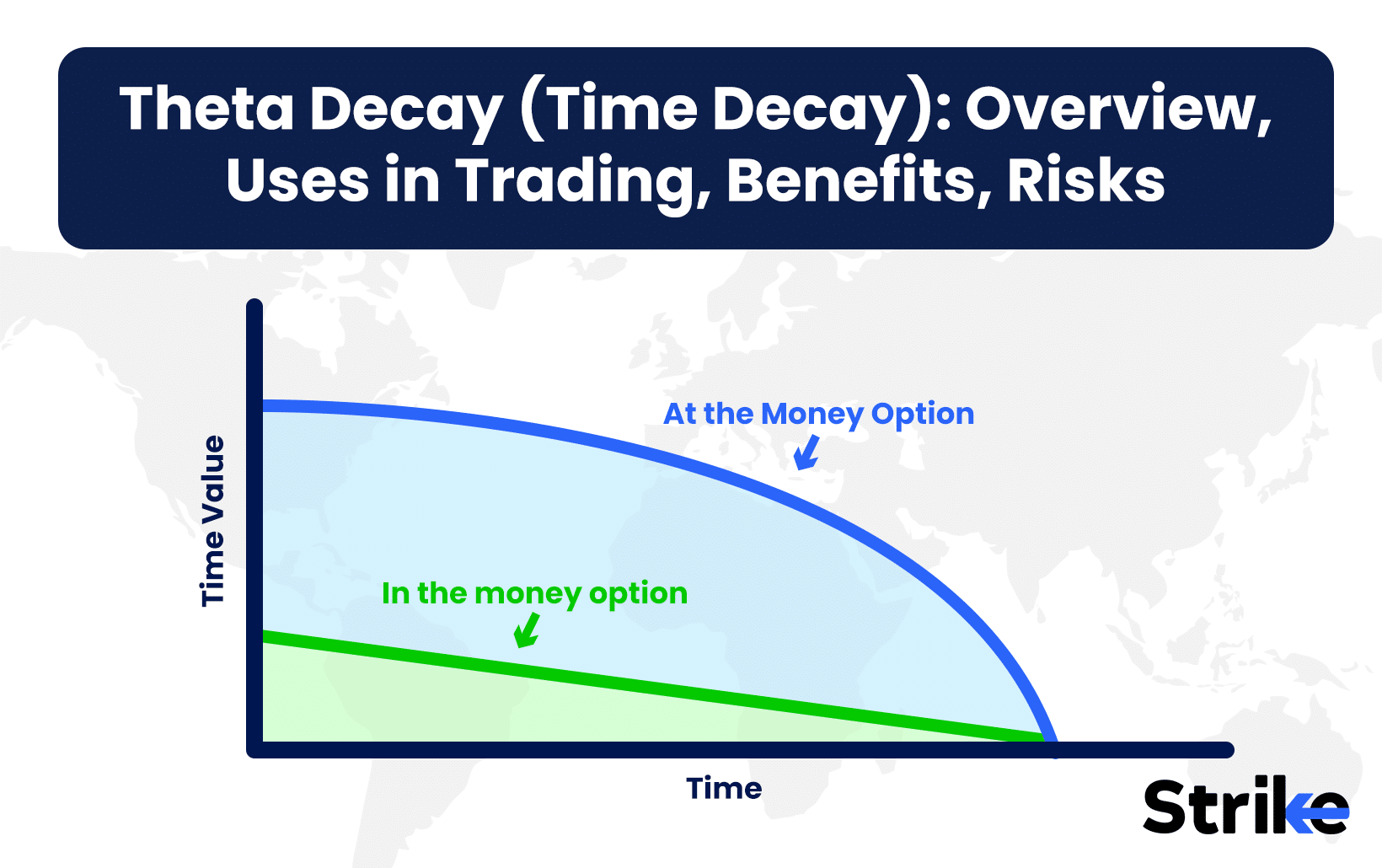
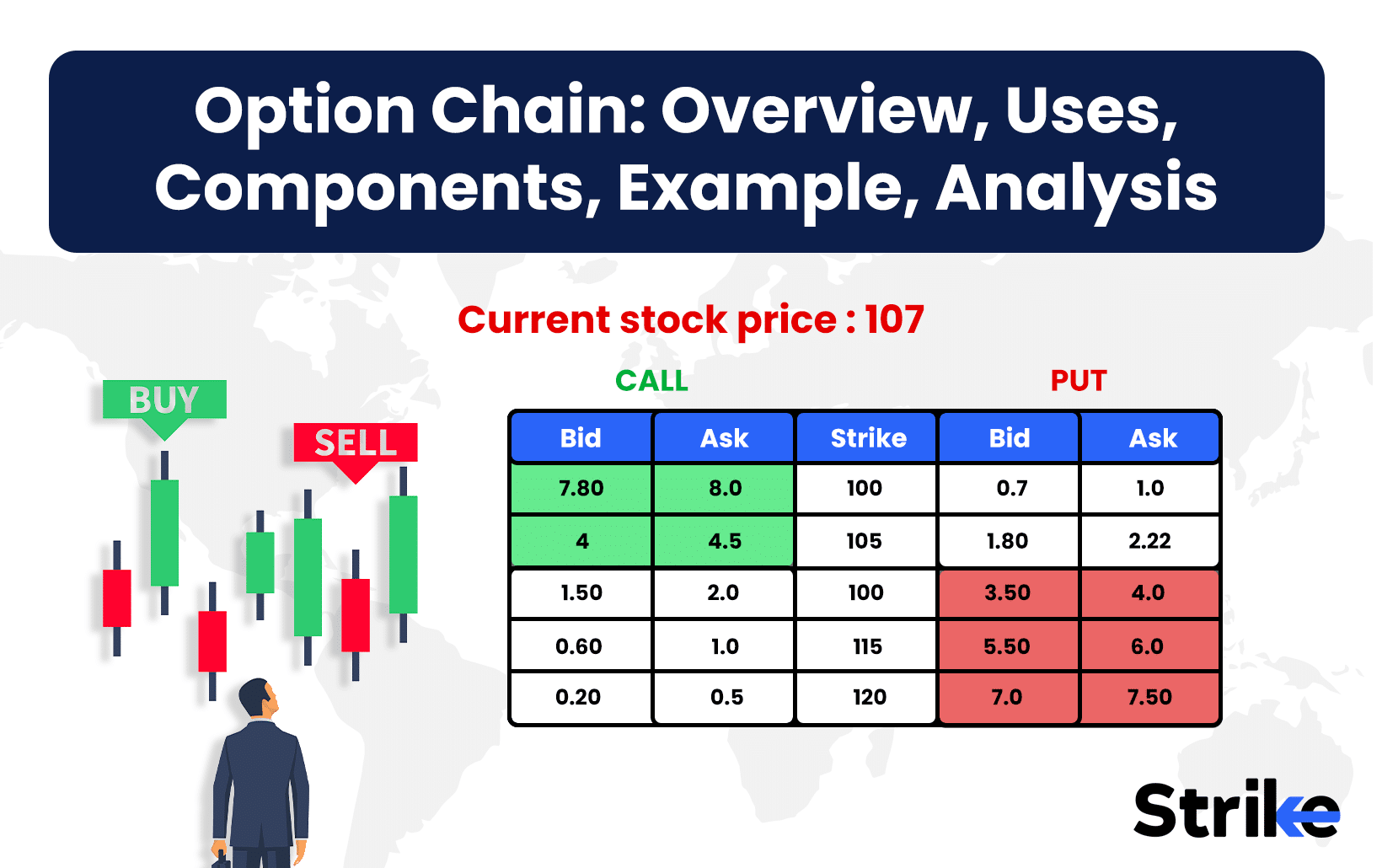
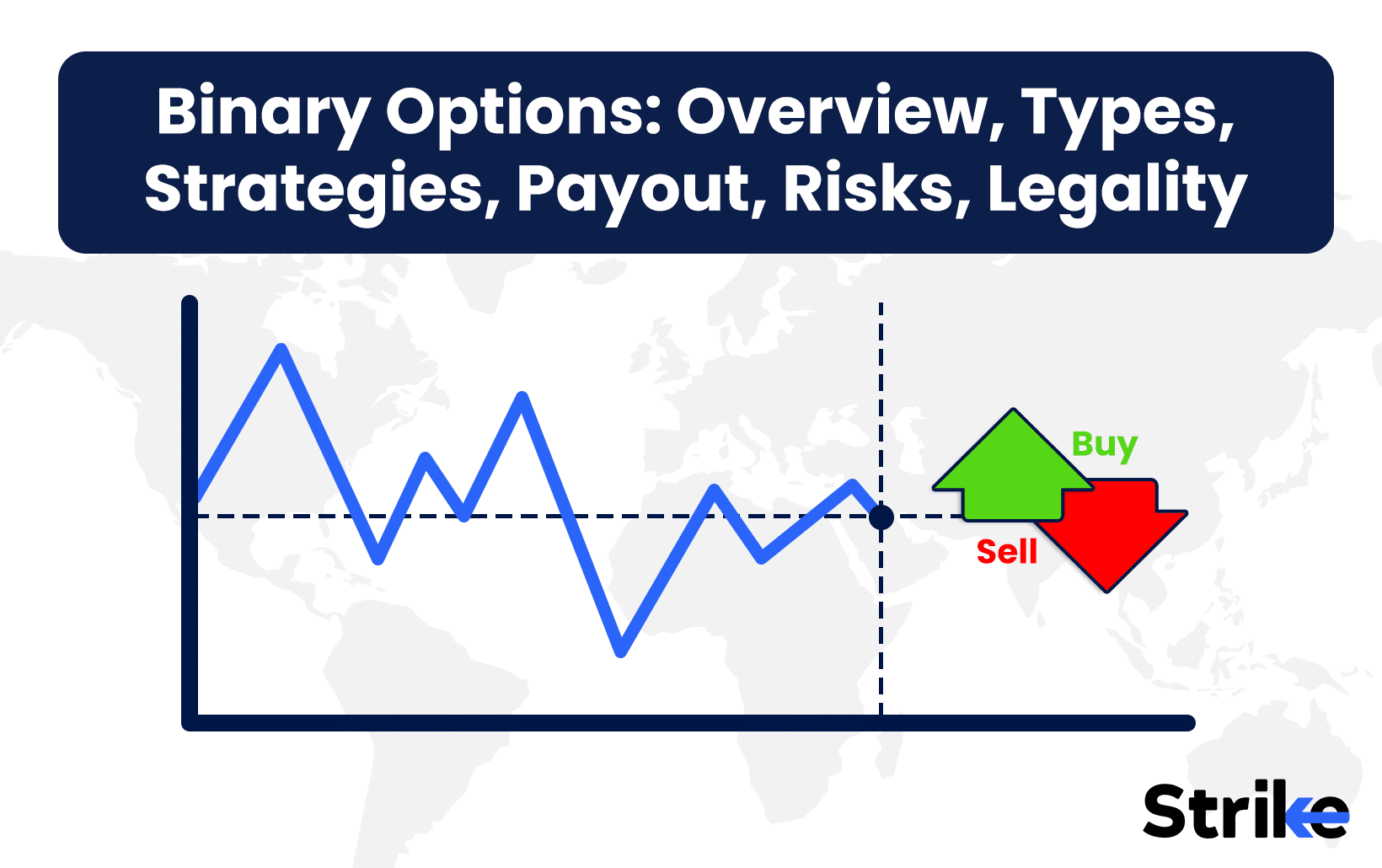
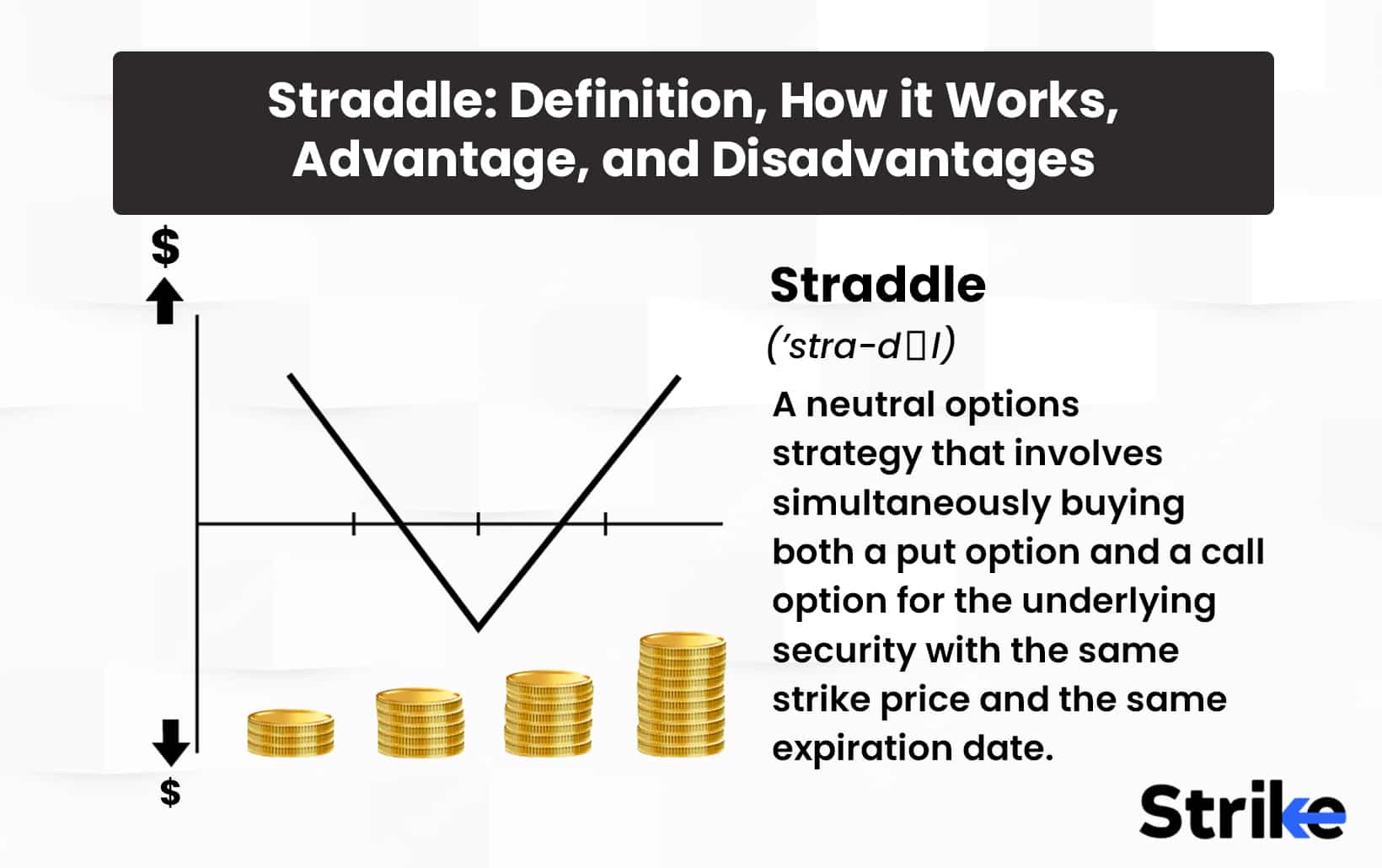
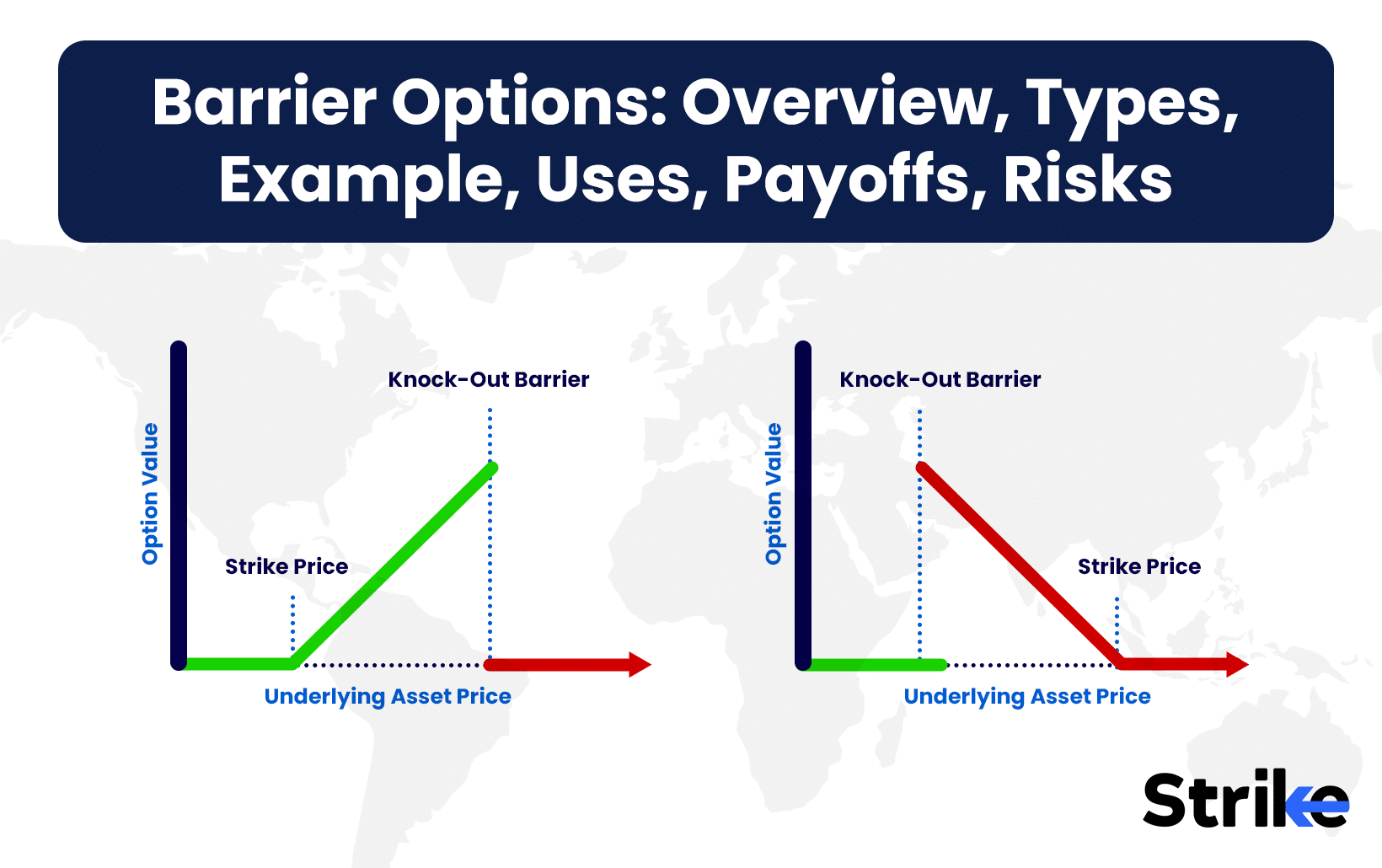
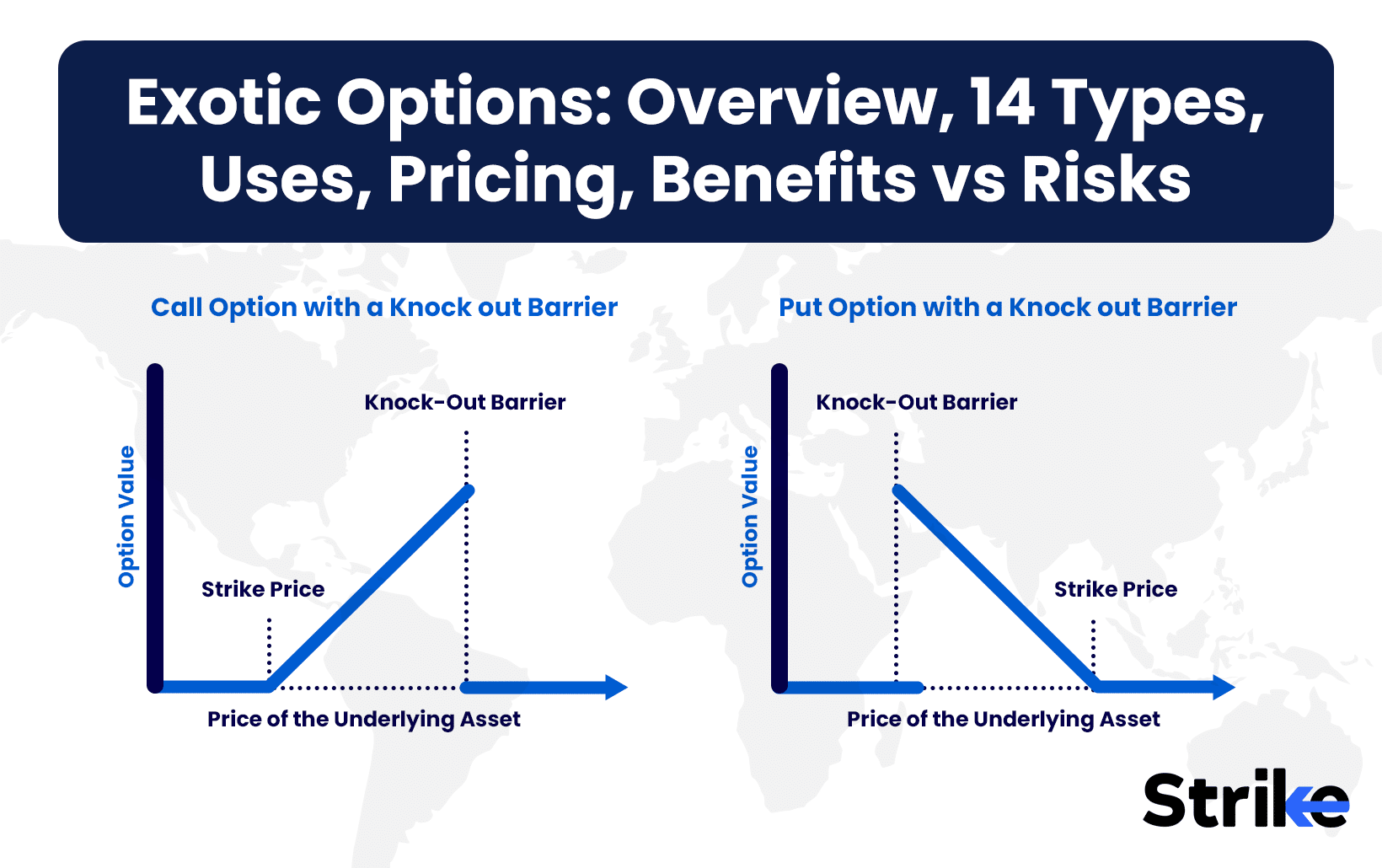

No Comments Yet